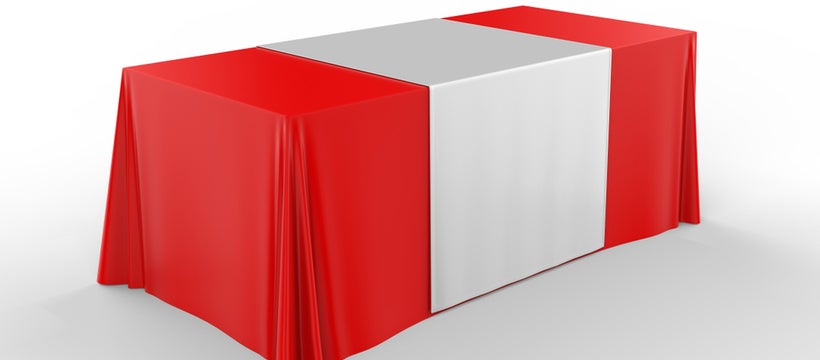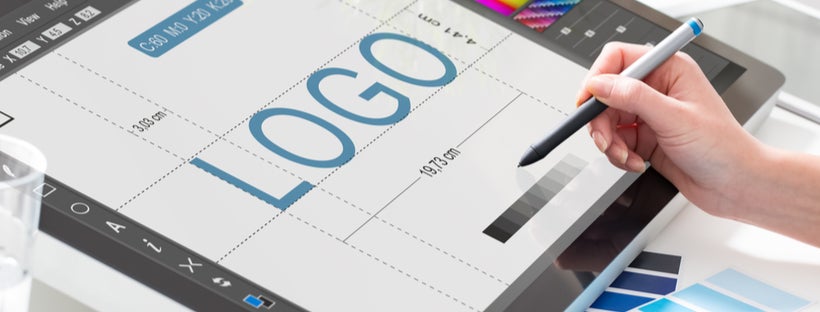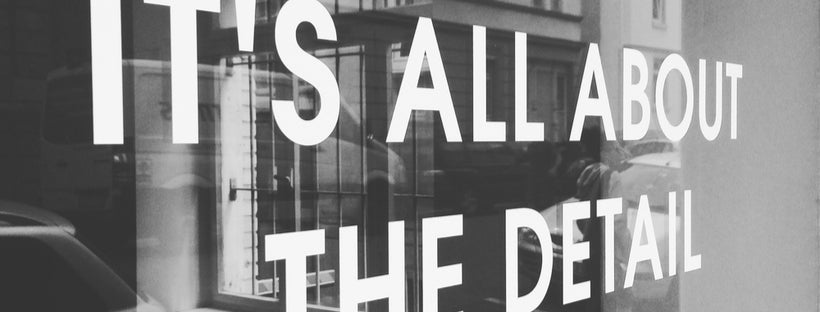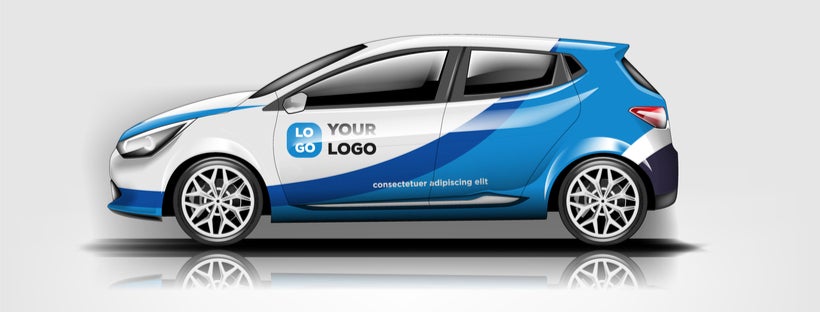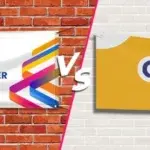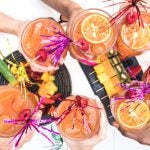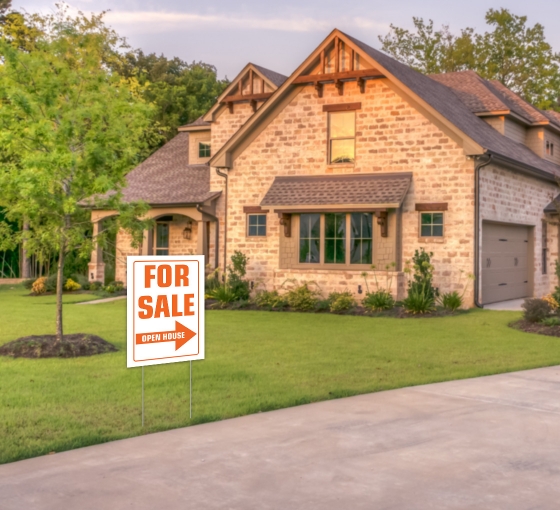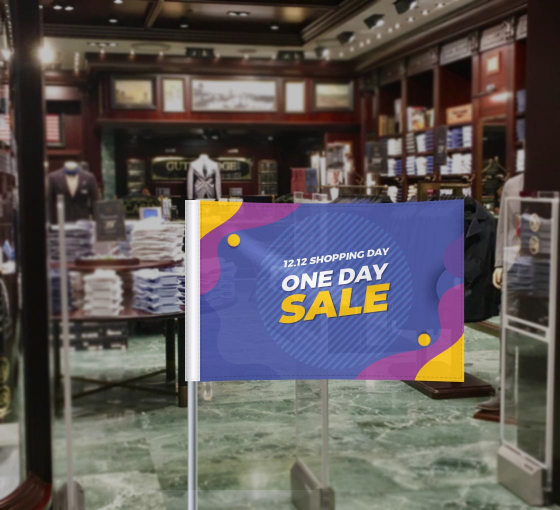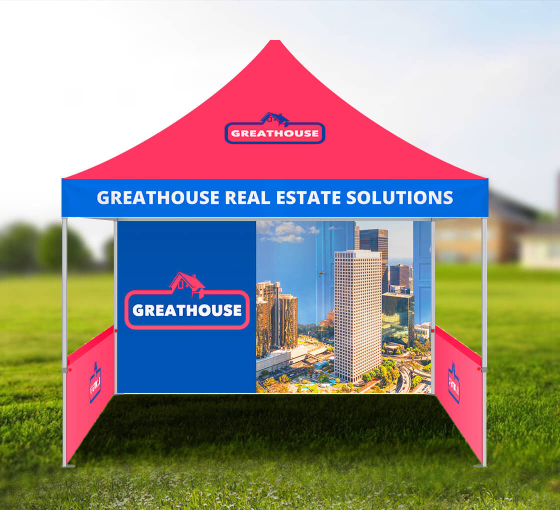Whether you use it to shoot portraits or products, your subject’s backdrop can add a distinct charm to your image. However, using messy backgrounds distracts the attention of viewers. A backdrop is a crucial component when selling products online, so skipping out on quality is a poor decision.
While deciding to use a backdrop might seem like an obvious choice, deciding the exact details of your backdrop may take some brainstorming. They come in different sizes, materials, patterns, and styles: something that can be overwhelming if not carefully considered.
Physical Traits to Account for When Choosing Backdrops
Here are some of the many physical traits of backdrops that you can consider to use for your business.
Size Preferences
- 5’ x 7’ Backdrop: This size is ideal for headshots and ¾-length portraits. They are easily manageable and take up minimal space.
- 5’ x 12’ Backdrop: This backdrop sits at 7′ tall, and 4-feet of backdrop sweeps along the floor. This backdrop length is ideal for full-body portraits of a single individual, headshots, and ¾-length portraits.
- 9’ x 10’ Backdrop: This backdrop size is used by most professional studios because of its versatility for shooting full-length portraits and large product shots.
- 9’ x 20’ Backdrop: This backdrop size covers each style of portraiture and product photography. It is ideal for having a product video shoot that requires movement.
Color Preferences
- Solid Color Backdrops: These are ideal for sleek headshots and help add color or dimension to your product shot.
- White Seamless Backdrops: These are ideal for headshots, stock photos, and product photography and render high-key, professional-looking portraits.
- Green Screen Backdrops: If you wish to place your subject in front of a mesmerizing background that is non-accessible, go for green screen backdrops.
- Black Backdrop: These backdrops are used for low-key, rich-appeal professional shots and taking stunning portraits.
- Textured Backdrops: These backdrops make your product shots more stylish and add a dynamic feel to your typical photoshoot.
Material Preferences
- Wrinkle-Resistant Fabric: These cotton-polyester blend fabric backdrops are wrinkle-resistant, machine washable, reflection-free, and easy to store.
- Matte Vinyl Material: This material is a cost-effective option and ideal for messy events like cake smash shoots. You can roll these for storage and not have to worry about humidity.
- Lightweight Canvas Material: These backdrops are somewhat thick and are not machine-washable. These backdrops are matte textured and can be rolled for storage.
After going over all the possible aspects in creating your backdrop, how will it attract customers? It does not have to be used strictly for photos of your products. You can use it for photos of employees, other customers, special events, and more!
Organize Custom Photoshoots
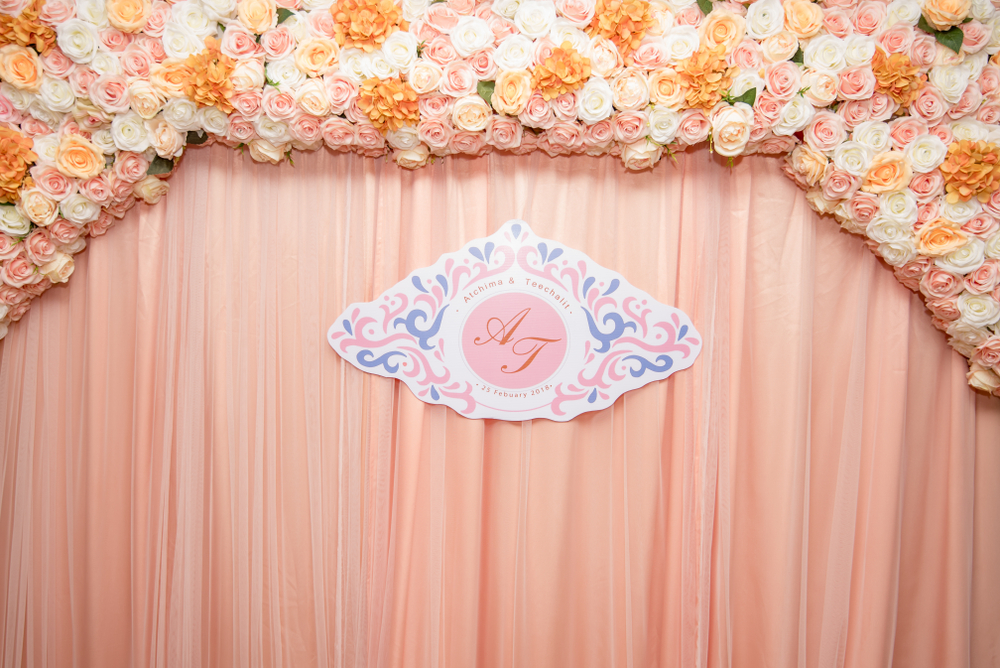
Get creative with your photoshoots and create some of your clients’ favorite backdrops, which could be the luxury interiors of a palace, an old train station, a giant library, or any other place they fantasize about visiting. People would get enticed by such backdrops since they want to post these pictures on social media and brag amongst their friends.
Manage Lighting
Lighting can really determine the quality of your photos and backdrops for your products. By having an excessive amount of light or not enough, it would be extremely difficult to even see what’s in the image. However, there is still room to adjust lighting and still look professional. Here are the two kinds of lighting that you should know about to illuminate your backdrop:
- High-Key Lighting: This lighting style renders a clean appearance and is often used to blow out your backdrop and emphasize your subject. To achieve high-key lighting, light a solid white backdrop evenly such that the light is at least 3-stops higher than your subject’s lighting.
- Low-Key Lighting: To deliver a dramatic appearance to your subject, pick low-key lighting since it emphasizes your subject by engulfing it in shadows rather than light. To achieve low-key lighting, ensure that your solid black backdrop is at least three stops darker than your subject’s light. You must also ensure that no light from your subject hits your backdrop.
Spread the word about your backdrop photoshoot using adjustable pop-up displays set up outside your canopy tent.
Eliminate Gloomy Shadows and Achieve Background Blur
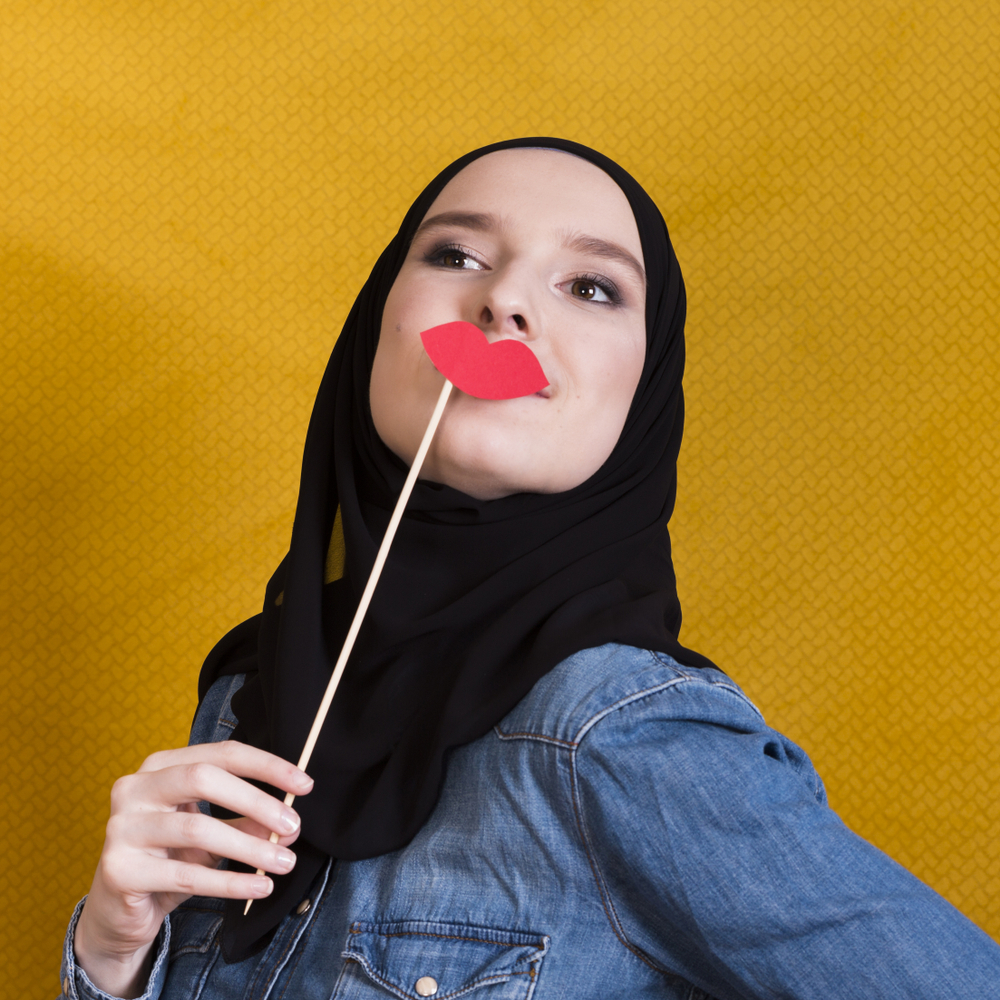
Most marketers leave messy shadows on their subjects when aligning them against a backdrop due to poor lighting. To get rid of unwanted backdrop shadows, place your subject about 3-feet in front of it and perform a hit-and-trial method to achieve a seamless shot.
Shoot with a more shallow depth of field to blur your backdrop and enhance the intensity of the shot. You can use background blur on any backdrop as it creates a soft and unobstructed appeal that highlights your subject. Use stretch table covers for a more seamless shot of your subject.
Gather Feedback
If you are still confused about what sticks, ask your customers! Then, cross-reference the inventory of pictures of your products against your sales records to circle out the ones that have sold the most. Note the colors, tones, and themes of product backdrops with high ranks on the sales charts.
The primary goal is to replicate the high sales secured by other products that featured different backdrops.
Provide Choices
Different customers have varied preferences, which is why you must offer a wide range of choices. For instance, some customers prefer backdrops with identifiable features, such as a pastoral scene.
This scenario might not hold for the next customer looking for an abstract backdrop that features vibrant colors. Some customers are also interested in using multiple backdrops to create a set of pictures.
Final Words
Backdrops are an excellent advertising tool to attract customers to your business. However, keep in mind specific parameters before choosing one, which includes its size, color, material preferences, and more.
Once you have chosen a backdrop, utilize it to the fullest by organizing custom photoshoots, providing backdrop choices, ensuring proper lighting, and gathering insightful feedback. These strategies can help you optimize your backdrops and make your products look as attractive as possible.

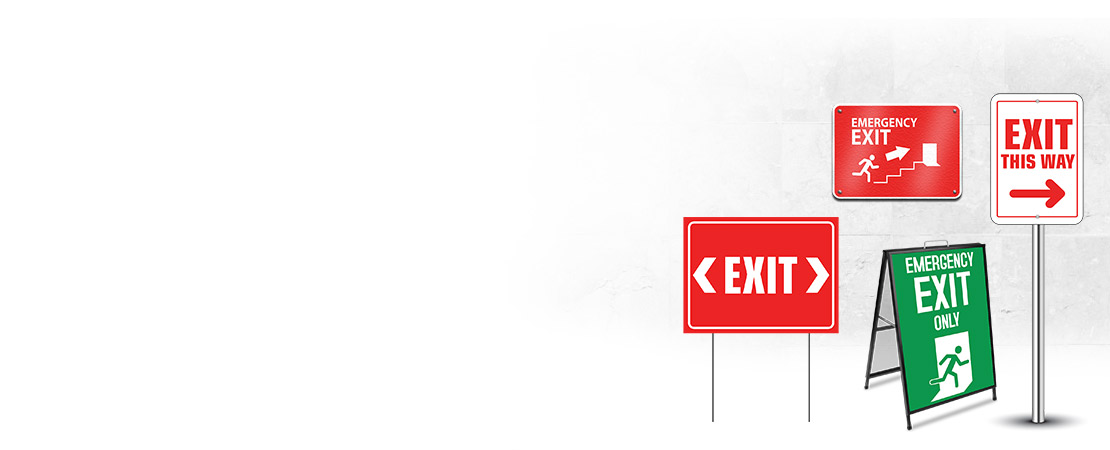






































 Posted in
Posted in 